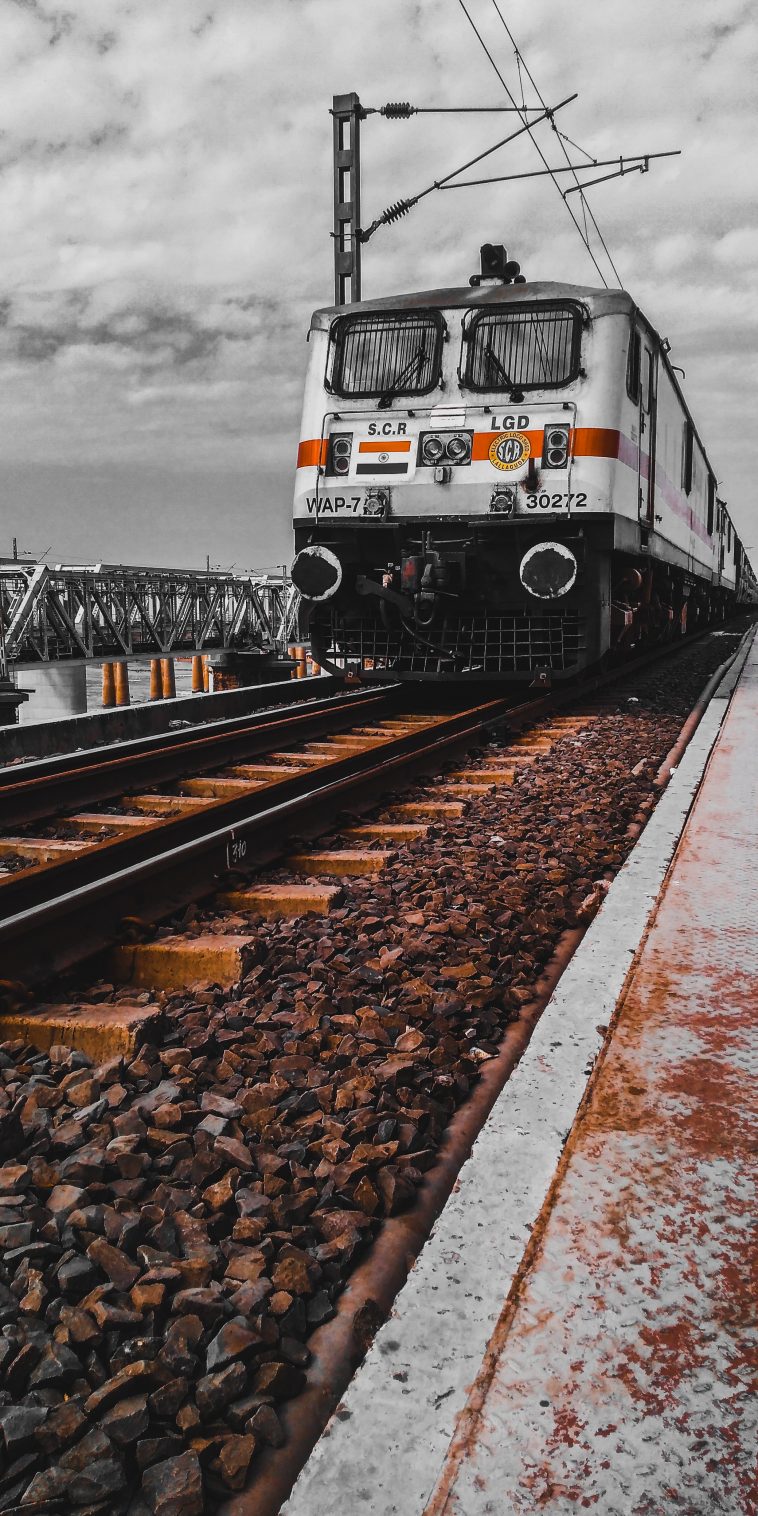It was reported this week that the R10.5 billion railway project that will connect Angola’s Lobito port to the Democratic Republic of Congo and Zambia will be run by a group led by the multinational commodities trader Trafigura.
On Tuesday, the presidents of Angola, Zambia, and the DRC convened in Lobito to declare that the Lobito Atlantic Railway would be entrusted with the operations, management, and maintenance of the railway infrastructure facilitating the transportation of goods along the 1,300km corridor for the upcoming three decades.
According to the recent announcement, the railway project will be undertaken as a joint venture consortium involving Trafigura, Mota-Engil (an international construction and infrastructure management company), and independent rail operator Vecturis SA.
The significance of this railway project lies in its potential to become the most direct and efficient route from the prominent mining area of Kolwezi in the DRC, where the exports of copper, cobalt, and other raw materials are experiencing rapid growth. Additionally, the railway will also extend to Zambia’s copper belt. The region will access the quickest export and import route to Europe and the Americas by connecting to Lobito.
In addition, the project aims to provide a faster and more reliable transportation route for individuals traveling within Angola along the Benguela Railway. This railway will be connected to the less crowded port in Lobito, offering an alternative to the congested ports found in East Africa, where lengthy waiting times and congestion are common.
Angolan President João Lourenço expressed in a statement released by Trafigura that extending the corridor to Zambia is expected to enhance intra-African trade, further promoting economic cooperation within the region.
Today’s concession of the Lobito Corridor, connecting Angola to the Democratic Republic of the Congo and its planned extension to Zambia, is expected to impact intra-African exports significantly. Intra-African exports represent only 14% of the total exports to the rest of the world.
Angolan President João Lourenço emphasized the significance of these numbers, highlighting the importance and urgency of leveraging our infrastructure to facilitate the economic and social development of our nations and the entire continent. He expressed confidence in this initiative’s vision, purpose, and well-defined objectives.
Lobito Atlantic Railway’s Jeremy Weir said they planned to “create the most important logistics corridor in sub-Saharan Africa.”
In the Dar-es-Salaam Declaration, which was signed on November 20, 2004, the leaders of the countries in the Great Lakes Region promised to work together to boost economic growth. They also agreed that fixing up the Lobito Corridor would connect southern and central Africa and make getting to the East African region easier.
But the conflict between Jonas Savimbi’s National Union for the Total Independence of Angola (UNITA) and the ruling People’s Movement for the Liberation of Angola (MPLA) in Angola has hurt the Lobito Corridor since the 1970s. It had to be fixed, and peace deals were a big part.
The Lobito Atlantic Railway will have at least 1,555 wagons and 30 engines in Angola.All of these things would cost about R8.5 billion; if the DRC side were considered, it would cost another R1.8 billion.
The Trafigura statement says the consortium wants to invest $455 million in Angola and up to $100 million in the DRC.When Zambia joined, it wasn’t clear right away how much money would be needed.



